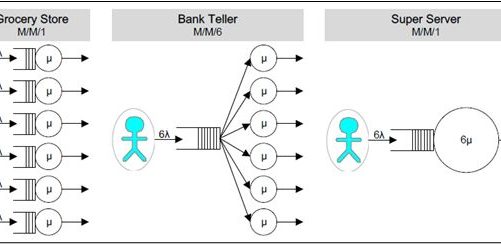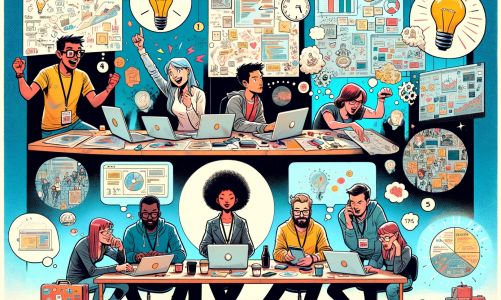
BLOG POST:
By Professor Worsak Kanok-Nukulchai, Executive Director, Chulalongkorn School of Integrated Innovation
Cars are the second largest item of expenditure for the middle class after homes. However, cars spend more time parked than being driven. The result is that cars need an enormous amount of parking space. Dr. Tony Seba, author of a bestseller book – Rethinking Transportation 2020-2030, predicted that by 2030, most mileage on the road will be occupied by “Transportation as a Service (TaaS)” using fleets of autonomous electric vehicles (EV). This model will free car users of the hassle of ownership, such as the buying and financing of vehicles, maintenance, gasoline, insurance, traffic, actual driving, and even finding parking space.
Advances in EV and autonomous driving technologies will help accelerate the disrupting process of TaaS, which enables humans to reach their transportation objectives, without societal and environmental impacts.
TRANSPORTATION DISRUPTION
The convergence of EV and autonomous driving technology will soon provide a rupture point that will lead to a major disruption in the entire transportation system [Fig. 1].

- Electric Vehicle and Battery Technology. A rechargeable battery is the heart of an EV. It is typically the lithium-ion battery characterized by its high power-to-weight ratio. As this ratio continues to improve, EVs such as the Tesla Model S, can achieve over 600 km of range per charge. As the costs of batteries and EVs drop sharply, EV technologies will become right for TaaS.
- Autonomous Driving Technology. The 2004 science-fiction movie I, Robot was first to predict autonomous driverless vehicle. The global competition with huge investment in this area has brought that fiction closer to reality. Since 2009, Waymo, formerly the 2009 Google Self-Driving Car Project, has developed an autonomous driving technology under the code name “Waymo Driver.” The system uses a variety of sensors and video cameras to monitor and guide the vehicle by maintaining a map of surroundings, detecting traffic lights, reading road signs, tracking other vehicles, and looking out for pedestrians. These self-driving vehicles not only sense their environment but also anticipate what is coming up seconds ahead, which humans are not capable of. This eliminates human errors and reduces car accidents. That’s why experts declare that autonomous driverless cars can be trained to drive safer than human drivers. Waymo has been operating a driverless “robotaxi” fleet in Phoenix, Arizona, since October 8, 2020.
THE DISRUPTION OF TAAS
In his book, Dr. Tony Seba has argued that over the next several years, TaaS will evolve and eventually become the future mode of transportation, for the following reasons:
- An EV has about 20 moving parts, making it maintenance free, so car manufacturers can offer infinite mileage warranty. It is expected that an EV will last for at least 800,000 km.
- As cars sit parked 96% of the time, an EV owner has 50 years to get through one EV with 16,000 km driving per year.
- As part of a fleet offering TaaS, each EV can deliver 160,000 km a year for 5 years serving customers around the clock. This would take 3 internal combustion engine (ICE) cars and 10 times the cost to achieve.
- When TaaS is well-accepted, there will be autonomous fleet cars on the road replacing many folds of personal cars. Traffic will be significantly lighter and safer.
With the above points. the paying cost of TaaS can be as small as 10 times lower than owning and driving a personal car. Thus, it is anticipated that by 2030, TaaS will become the popular mode of transport, as the door-to-door service becomes available 24 hours on demand. TaaS will blend service providers into a gateway allowing commuters to freely access the gateway whenever they need to reserve and pay for a ride. By 2030, the on-demand model of TaaS will be so popular that most people will give up personally owned cars.
CONSEQUENCES
Once TaaS is convenient, safe, and economic, people will stop buying new cars. It is estimated that by 2030, fleet cars will contribute 95% of all miles on the road. As a result, there will be a smaller number of fleet cars on the road replacing high number of private cars, some of which are simply roaming for a parking space. In addition, cheaper transport will enhance inclusivity as TaaS will benefit everyone in society, especially those who may be disadvantaged as a result of not owning a car.
This new transportation model will also create new businesses on wheels. For example, Starbucks can lease autonomous EVs to offer free transportation for customers on the go. There will be co-working space on wheels, physical therapy on wheels, etc.
Finally, there will be implications for land use. As fewer people own cars and as fleet cars keep circulating in much lighter traffic, the need for parking spaces and for expressways will diminish quickly. Eventually, many parking buildings and ugly elevated roads can be torn down and converted for better uses.
CONCLUSIONS
Through TaaS, the business model of public transportation will change. Most likely, the whole system of fossil fuel vehicles and related industries is going to end over the next 10 years. The biggest takeaway is that investors and cities need to prepare now. The disruption in transportation will serve as a golden opportunity to rethink and reinvent cities that fit the new lifestyle.

ALSO READ:
Our Previous Blog Post “Whose Model is it Anyways?”



